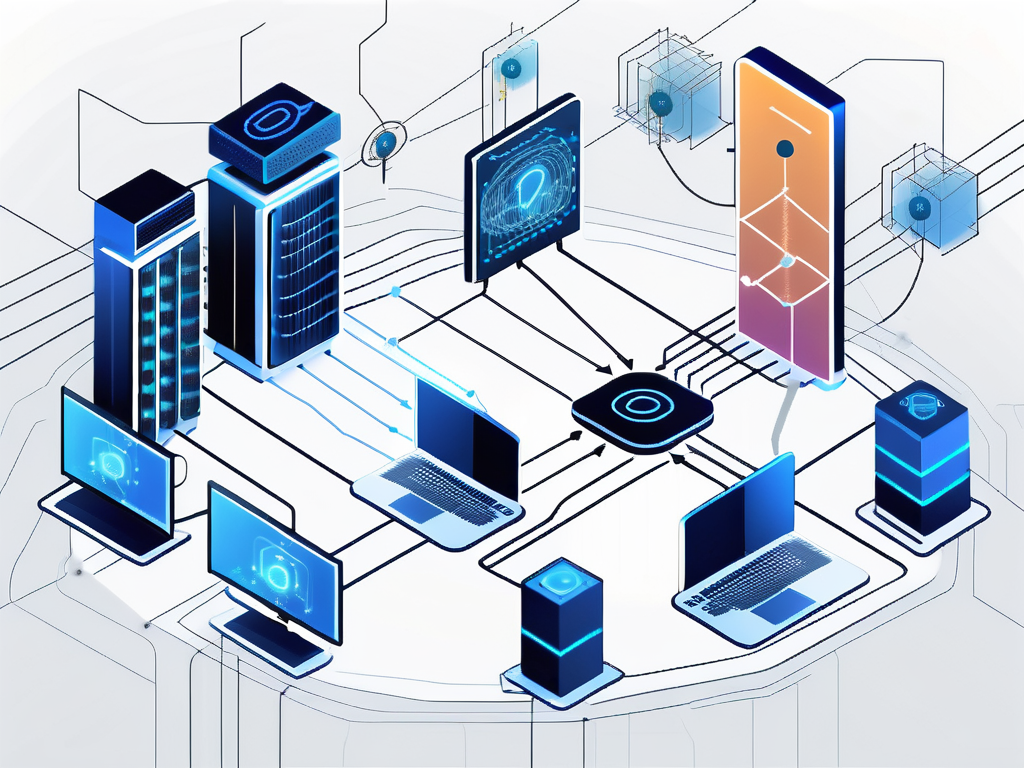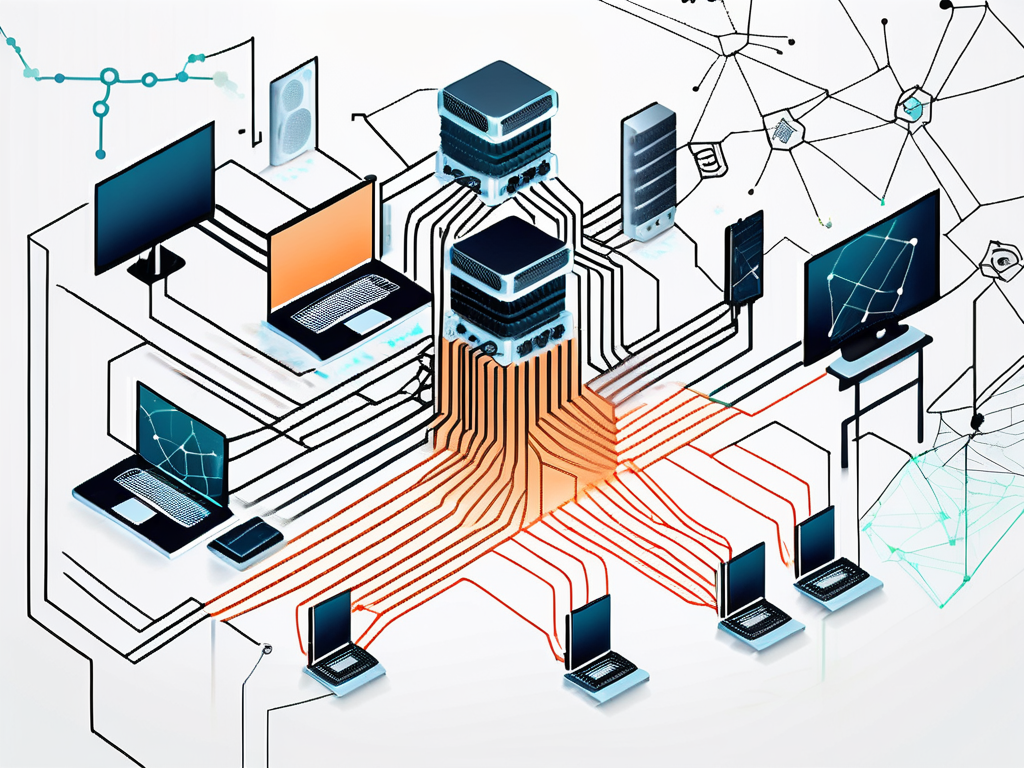API integration has become a cornerstone of modern software development, enabling disparate systems to communicate and share data seamlessly. As businesses increasingly rely on digital solutions, the need for efficient and effective API integration has grown exponentially. This comprehensive guide explores the intricacies of API integration, its benefits, challenges, and best practices to ensure successful implementation.
What is API Integration?
API integration refers to the process of connecting different software applications through their Application Programming Interfaces (APIs). APIs serve as intermediaries that allow various applications to communicate with each other, exchanging data and functionalities. This integration enables businesses to automate processes, enhance data sharing, and improve overall operational efficiency.
APIs are essential in today’s interconnected digital landscape. They facilitate the seamless flow of information between systems, whether it’s integrating a payment gateway with an e-commerce platform or connecting a CRM system with a marketing automation tool. By leveraging APIs, organizations can create more cohesive and responsive digital ecosystems.
API integration is not limited to cloud-based applications; it also plays a crucial role in on-premise systems. By bridging the gap between legacy systems and modern applications, API integration helps businesses maximize their existing technology investments while adopting new solutions.
Benefits of API Integration
Enhanced Efficiency and Automation
One of the primary benefits of API integration is the ability to automate repetitive tasks and processes. By connecting different applications, businesses can streamline workflows, reduce manual intervention, and minimize errors. This automation leads to increased productivity and allows employees to focus on more strategic tasks.
Improved Data Sharing and Accessibility
API integration facilitates seamless data sharing between systems, ensuring that accurate and up-to-date information is available across the organization. This improved data accessibility enhances decision-making and enables businesses to respond more quickly to changing market conditions.
Scalability and Flexibility
As businesses grow, their technology needs evolve. API integration provides the scalability and flexibility required to adapt to these changes. By connecting various applications, organizations can easily add or remove functionalities, ensuring that their technology stack remains aligned with their business objectives.
Challenges of API Integration
Security Concerns
Security is a significant concern when it comes to API integration. Exposing APIs to external systems can create vulnerabilities that malicious actors may exploit. To mitigate these risks, businesses must implement robust security measures, such as authentication, authorization, and encryption, to protect sensitive data.
Complexity and Compatibility Issues
Integrating multiple APIs can be complex, especially when dealing with different protocols, data formats, and authentication methods. Compatibility issues may arise, requiring developers to invest time and resources in troubleshooting and resolving these challenges to ensure seamless integration.
Performance and Reliability
API integration can impact the performance and reliability of connected systems. Poorly designed or inefficient APIs can lead to slow response times, data bottlenecks, and system downtime. Businesses must ensure that their APIs are optimized for performance and reliability to maintain a high level of service quality.
Best Practices for Successful API Integration
Define Clear Objectives and Requirements
Before embarking on an API integration project, it’s essential to define clear objectives and requirements. Understanding the specific goals and desired outcomes will guide the integration process and help ensure that the final solution meets the organization’s needs.
Choose the Right API Integration Tools
There are numerous API integration tools available, each with its own set of features and capabilities. Selecting the right tool is crucial for successful integration. Consider factors such as ease of use, scalability, and support for various protocols when evaluating potential solutions.
Implement Robust Security Measures
Security should be a top priority in any API integration project. Implementing robust security measures, such as OAuth, API keys, and SSL/TLS encryption, will help protect sensitive data and prevent unauthorized access. Regular security audits and vulnerability assessments can further enhance the security posture of integrated systems.
Monitor and Optimize Performance
Continuous monitoring and optimization are essential for maintaining the performance and reliability of API integrations. Implement monitoring tools to track API usage, response times, and error rates. Use this data to identify potential issues and optimize APIs for better performance and efficiency.
Common Use Cases for API Integration
E-commerce Platforms
API integration is widely used in e-commerce platforms to connect various services, such as payment gateways, inventory management systems, and shipping providers. This integration enables businesses to automate order processing, manage inventory in real-time, and provide customers with accurate shipping information.
Customer Relationship Management (CRM) Systems
Integrating CRM systems with other applications, such as marketing automation tools and customer support platforms, allows businesses to gain a comprehensive view of customer interactions. This integration enhances customer engagement, improves lead management, and supports personalized marketing efforts.
Enterprise Resource Planning (ERP) Systems
API integration is crucial for connecting ERP systems with other business applications, such as HR, finance, and supply chain management. This integration streamlines operations, improves data accuracy, and supports informed decision-making across the organization.
Future Trends in API Integration
Increased Adoption of Microservices Architecture
The adoption of microservices architecture is on the rise, driven by the need for greater flexibility and scalability. APIs play a crucial role in enabling communication between microservices, allowing businesses to build modular and adaptable applications that can quickly respond to changing demands.
Growth of API-First Development
API-first development is becoming increasingly popular as organizations recognize the benefits of designing APIs before building applications. This approach ensures that APIs are well-documented, consistent, and easy to use, facilitating smoother integration and reducing development time.
Advancements in API Security
As the number of APIs continues to grow, so does the need for advanced security measures. Emerging technologies, such as AI and machine learning, are being leveraged to enhance API security, enabling businesses to detect and respond to threats more effectively.
Conclusion
API integration is a vital component of modern software development, enabling businesses to connect disparate systems and automate processes for improved efficiency and productivity. By understanding the benefits, challenges, and best practices associated with API integration, organizations can successfully implement and maintain robust integrations that support their digital transformation goals. As technology continues to evolve, staying informed about emerging trends and advancements in API integration will be crucial for maintaining a competitive edge in the digital landscape.


